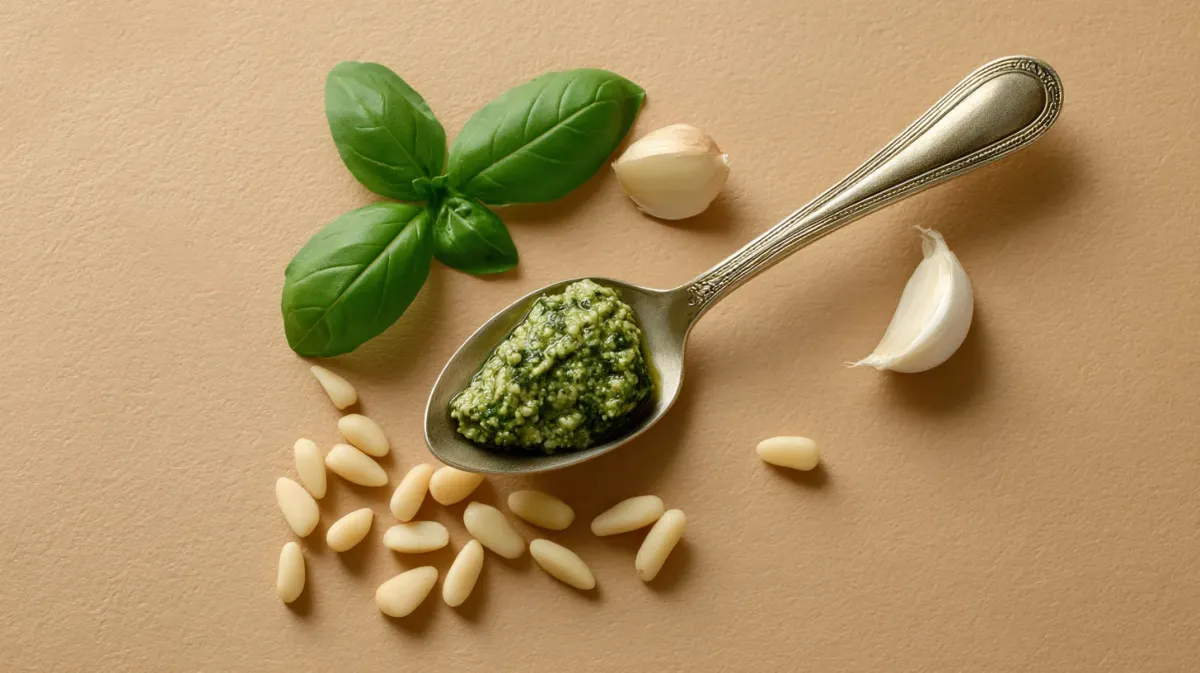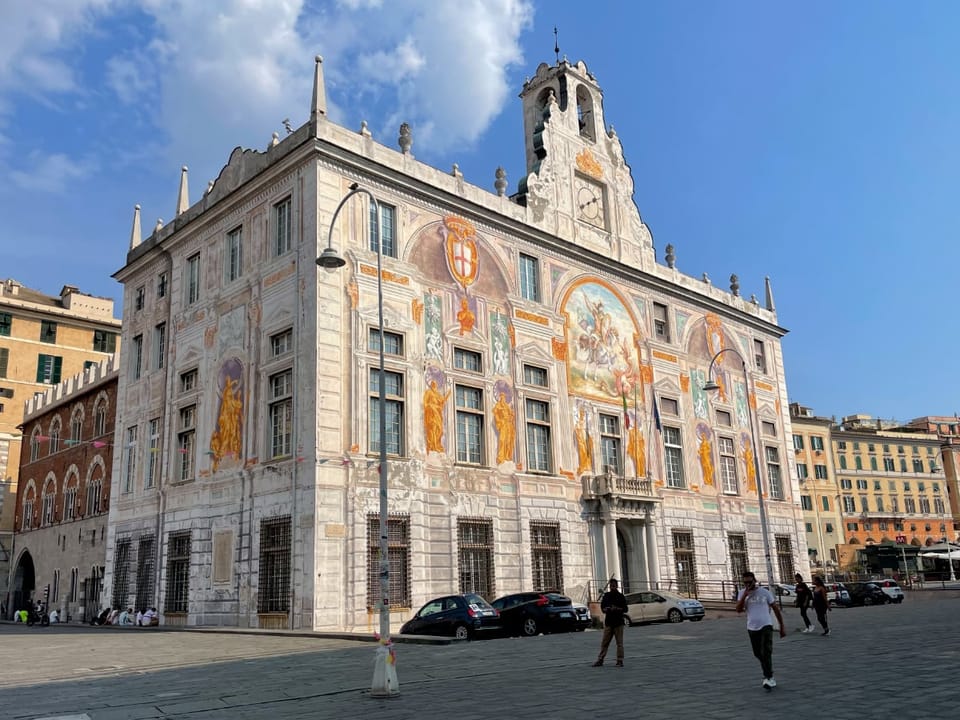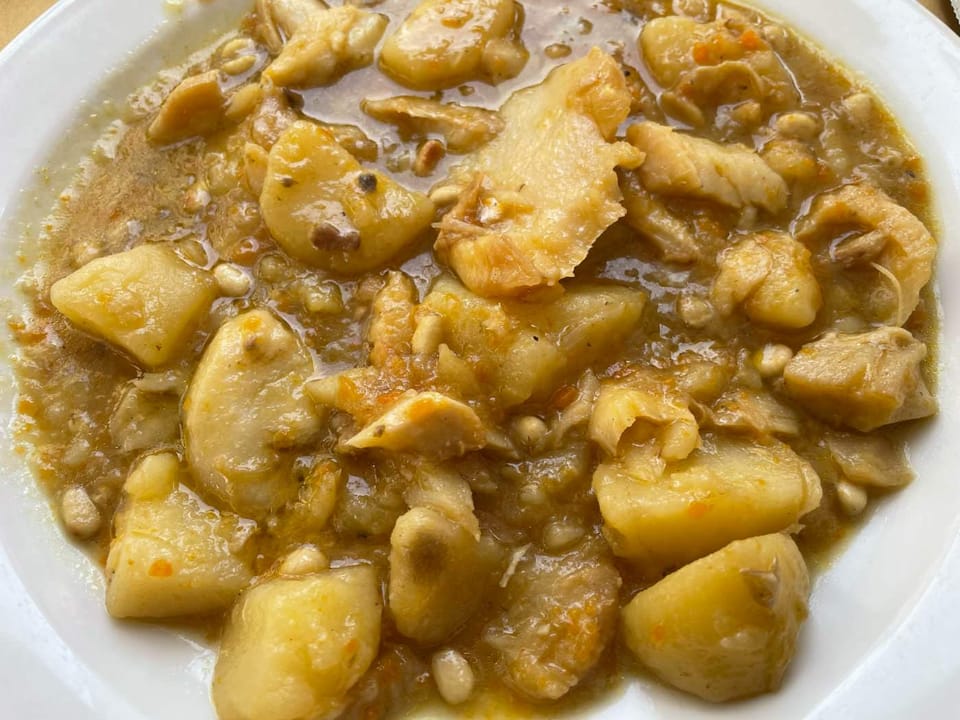Genoa’s Flavorful Soul: Five Restaurants Where Liguria Comes Alive

There is a moment every traveler to Genoa remembers: stepping into the narrow caruggi, the medieval alleys that twist and turn like threads of an ancient tapestry. Light filters in slivers between tall, weathered palazzi, the air carries the scent of the sea, and from some unseen kitchen drifts the aroma of basil, garlic, and olive oil. This is where Genoa reveals itself—not just through its grand palaces or bustling port, but at the table.
To truly know Liguria, you must taste it. And in this city, five restaurants stand out as windows into the region’s culinary soul.
Cavour 21 – Pesto at Its Purest
A few steps from the old port, you’ll find Cavour 21, a trattoria so popular there is often a line snaking out the door. Inside, the mood is boisterous, the tables packed tightly together, and the star of the show is Liguria’s most famous export: pesto. Here it is served the way it was meant to be, clinging to wide, silky pasta sheets called mandilli de sæa—“silk handkerchiefs.” The basil is bright and fragrant, pounded the traditional way, the olive oil soft and fruity. It’s a dish that speaks of the Ligurian hillsides and their terraced gardens, brought down to the sea for all to savor.
Trattoria Ugo – A Genovese Living Room
In the historic center, Trattoria Ugo feels like a family secret. Wooden chairs, checked tablecloths, and the hum of locals catching up over dinner set the tone. The food is unapologetically home-style: trofie al pesto twisted by hand, pansoti—plump ravioli filled with wild herbs—bathed in a velvety walnut sauce, and hearty meat and fish dishes that carry the flavors of old Genoa. Eating here is less like dining out and more like being invited into a Genovese grandmother’s home, where recipes are guarded treasures and seconds are always encouraged.
Osteria di Vico Palla – Dining in History
At Osteria di Vico Palla, history and cuisine meet beneath vaulted stone ceilings. Located by the Porto Antico, it feels like stepping back into Genoa’s seafaring past. The menu leans heavily on the bounty of the Ligurian Sea: grilled fish fresh from the morning catch, acciughe ripiene (stuffed anchovies), and spaghetti alle vongole that taste of salt spray and sunshine. It’s the sort of place where locals linger over a bottle of Pigato wine while travelers marvel at the sense of continuity—how centuries of sailors, traders, and fishermen must have once gathered in taverns just like this.
Zeffirino – Elegance with a Famous Pesto
Then there is Zeffirino, a name that resonates well beyond the borders of Genoa. Since 1939, the Zeffirino family has elevated Ligurian cooking to an art form, attracting popes, presidents, and Hollywood stars along the way. The dishes are refined but deeply rooted in tradition—think sea bass baked in a salt crust, ravioli stuffed with delicate fish, and, of course, the house pesto, so iconic it has been flown across oceans. Here, Ligurian flavors are dressed in elegance, making it a destination for those who want to experience Genoa at its most polished.
Antica Osteria di Vico delle Mele – The Taste of Simplicity
In the tangle of the old town lies Antica Osteria di Vico delle Mele, a rustic gem where the philosophy is simple: let the ingredients shine. Seasonal vegetables from the nearby countryside, freshly rolled pasta, and fish straight from the harbor are prepared with the light hand that defines Ligurian cooking. Nothing is heavy, everything is balanced—the mountains meet the sea on each plate. It’s the kind of place where you understand that in Liguria, less is more, and simplicity is the greatest luxury.
A City to Taste
What ties these restaurants together is more than just their menus. Each is a piece of a larger mosaic that tells the story of Genoa: a city shaped by the sea, softened by the hills, and sustained by traditions passed down through generations. To eat here is to participate in that story.
So wander the caruggi, let the scent of pesto guide you, and when you find yourself at one of these tables, know that you are tasting more than just food—you are savoring Liguria’s history, its culture, and its enduring love affair with the sea.



